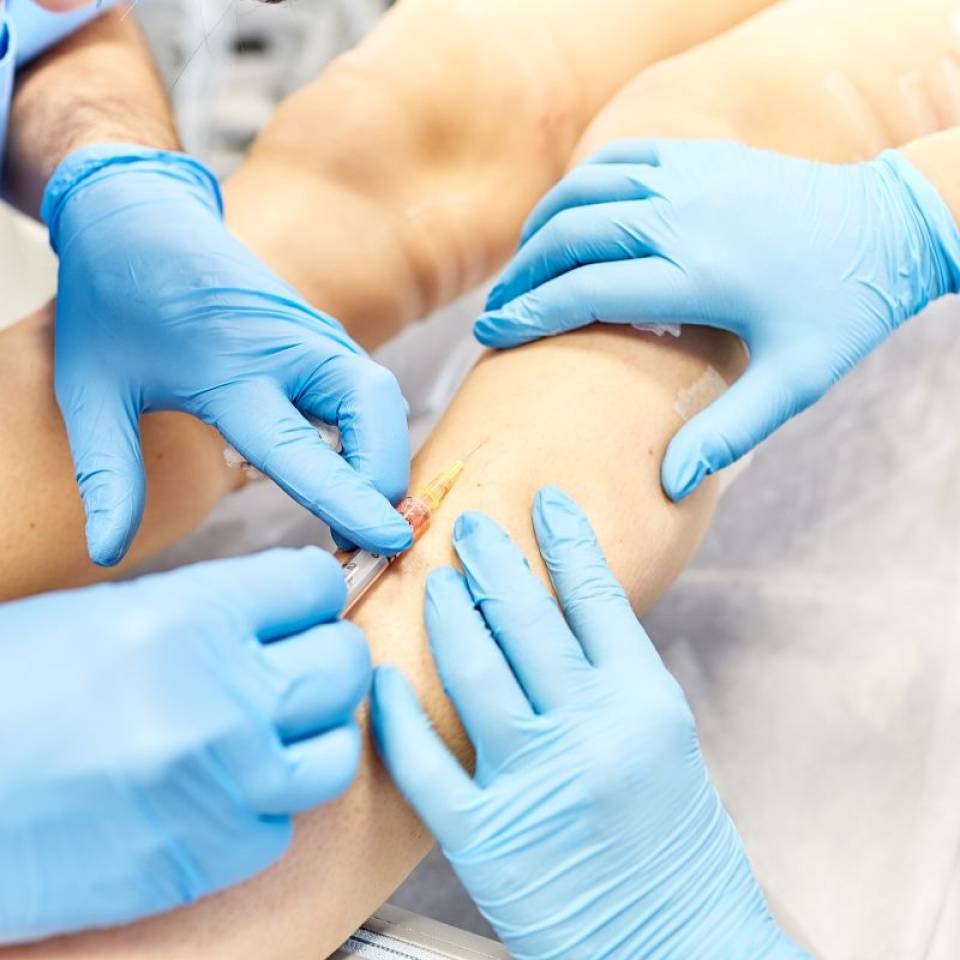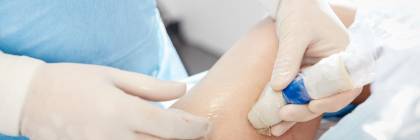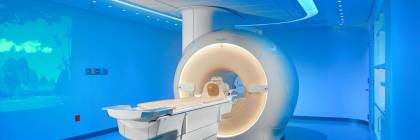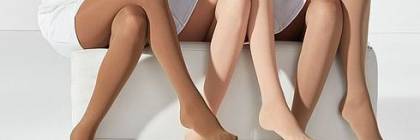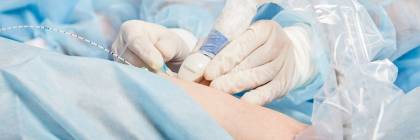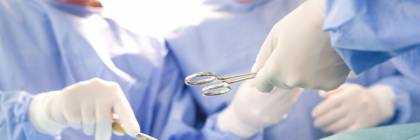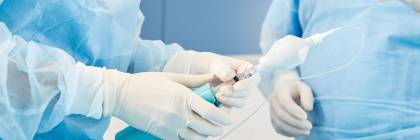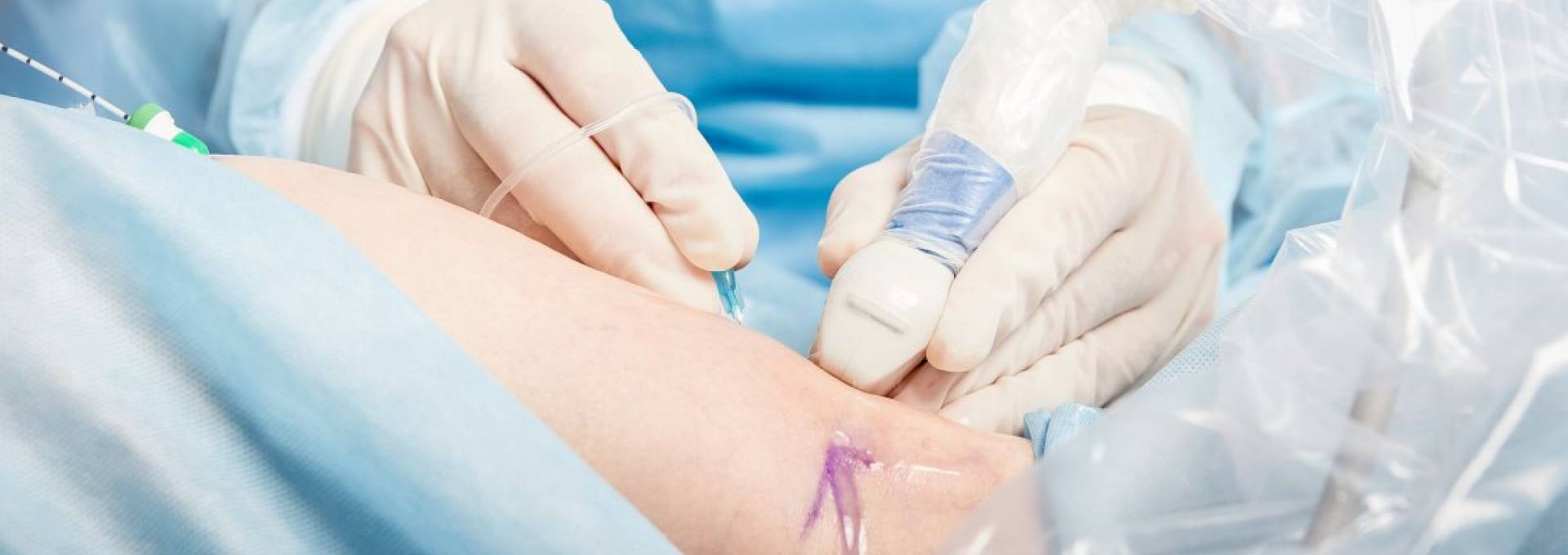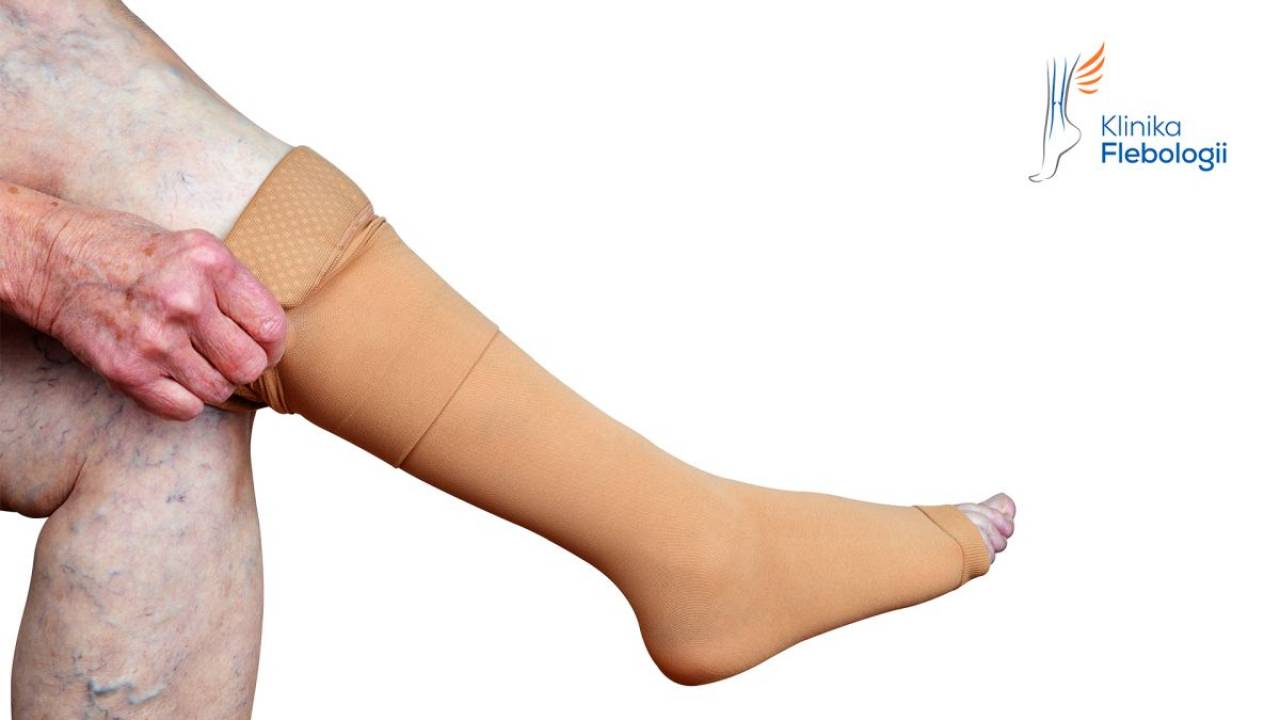
Kompresjoterapia to inaczej leczenie uciskiem stopniowanym i odpowiednio dobranym do potrzeb pacjenta
Adequately adjusted compression stocking should improve the venous and lymphatic return in lower extremity, assist mechanism which maintains normal venous and lymphatic circulation, lead to a greater blood flow through deep veins. Such intervention decreases the risk of venous thrombosis, substantially eliminating the ailments associated with venous disorders and burdensome swelling.
For such purpose, compression device should be adequately adjusted to the patient’s size. Each extremity, for which stocking or other compression device would be applied, must be precisely measured in particular standardized places. Measurements are made in the morning hours or following a longer rest in supine position.
Each time, physician is responsible for determining the indications for compression therapy and its grade.
Compression therapy is most frequently used in:
- prophylaxis of venous disorders in the following situations: hereditary predisposition, standing or sitting character of work, limited physical activity, travels lasting for more than 4 hours in immobilization or imposed position, obesity, use of some drugs and many others;
- treatment of veins via percutaneous methods (sclerotherapy) and intravascular (e.g. laser therapy),
- following surgery of varicose veins,
- following surgeries accompanied by swelling of upper or lower extremities,
- treatment of some diseases accompanied by swelling such as lymphoedema, deep vein thrombosis, varicose veins of lower extremities, bone fracture, joint dislocation,
- swelling of lower extremities in pregnancy
Basic contraindications for compression therapy are:
- conditions accompanied by substantially inadequate blood supply of lower extremities (e.g. arteriosclerosis, embolism of arteries of lower extremities, diabetic microangiopathy)
- inflammation of skin, subcutaneous tissue or muscles,
- allergy to components of compression devices
In case of each producer, we may select knee-length socks and stockings with covered or open toes and toe tights, normal version or for pregnant women. Currently, leggings are also available for sale.
Each compression device exerts a controlled pressure on the extremity. The pressure unit is the millimeter of mercury (mmHg). The compression exerted is of gradual nature and present on the whole length of legs (the strongest at the ankle and the weakest at the thigh). Thanks to such mechanism, normal pumping of blood to the heart is ensured. It prevents from blood stasis in veins.
Compression devices generate the pressure of different classes. Their values were precisely specified and standardized by the European Committee for Standardization. There are several classes of controlled pressure. The higher the class, the greater the pressure generated by the device.
- Class I (light compression): 18-21 mmHg
- Class II (moderate compression): 23-32 mmHg
- Class III (firm compression): 34-46 mmHg
- Class IV (extra-firm compression): > 49 mmHg
In the offer of the Clinic of Phlebology, you will find a broad range of compression devices (medical compression and sport compression for active individuals).
In our offer you will find, i.a. devices for the below listed individuals:
- persons with venous ulcer of lower limb and healed wound on legs
- persons just diagnosed with thrombosis and advanced postthrombotic syndrome
- pregnant women
- persons with allergy to classic compression devices
- persons who search for elegant options
- active persons, actively involved in sports
We invite you to become acquainted with our offer of the best three producers worldwide (Medi, Juzo, Sigvaris), who for a number of years create compression devices.

